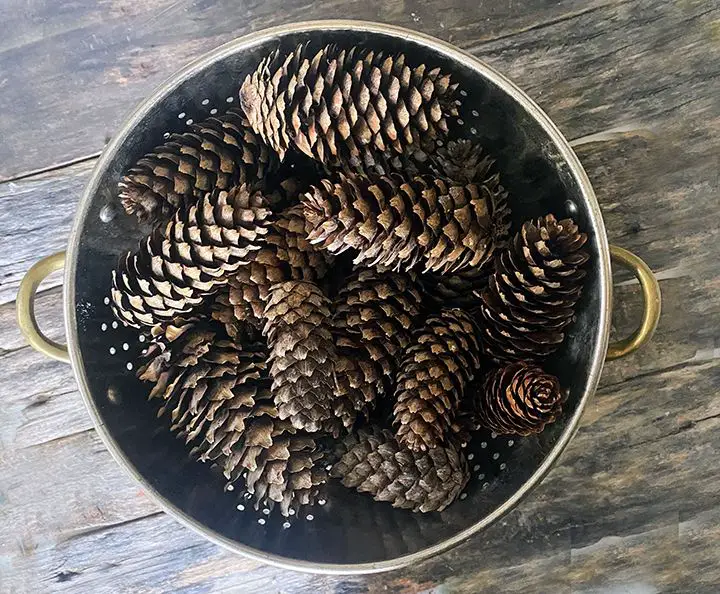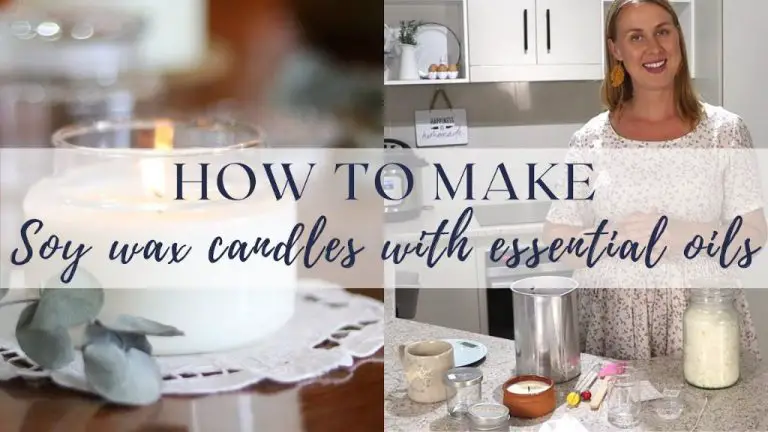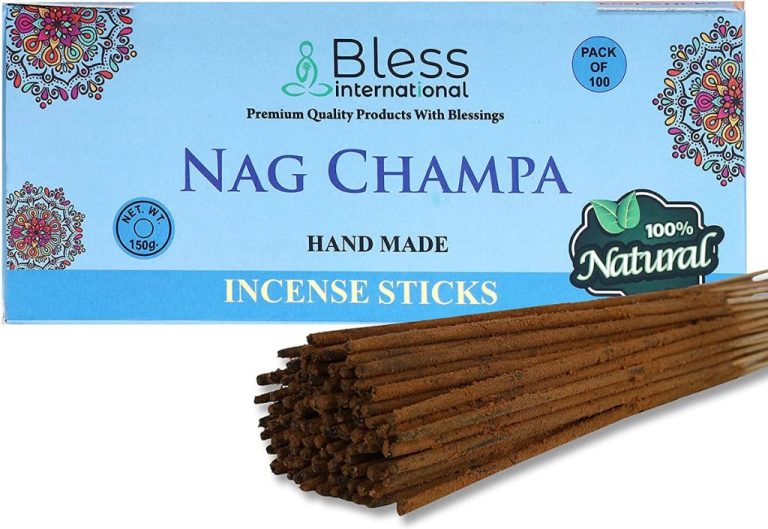What Do Tallow Candles Smell Like?
Candles have been used for light and warmth for thousands of years, with the earliest known candles traced back to ancient China and Egypt around 3,000 BC. Candles were originally made from tallow, which is rendered animal fat, usually from cows or sheep. Tallow candles were the main candle type used in Europe and North America up until the mid-1800s when other wax types like paraffin started replacing them.
While paraffin and other wax candles surged in popularity over the last 150 years or so, tallow candles are still used today. Tallow candles are made from beef or mutton fat that has been rendered and purified to produce a clean-burning solid fat. The tallow is then shaped into candles either by dipping wicks repeatedly into melted tallow or by pouring the melted tallow into molds with wicks. Compared to paraffin, tallow candles tend to burn slower, brighter and produce less smoke and more odor, which is the characteristic smell of tallow candles.
What is Tallow?
Tallow is a rendered form of beef or mutton fat that comes from cattle or sheep. It’s produced by a process called rendering, where the fatty tissues are heated to extract the liquid fat. The fat is melted down and purified, leaving behind a solid waxy substance that is made up of triglycerides.
Tallow has historically been used to make candles and soap. Before the advent of petroleum-based waxes and oils, tallow was a vital component for candle making. The beef and mutton industries produced large amounts of tallow as a byproduct, making it readily available for candle production.
Today, tallow remains popular in some candle making circles. Tallow candles burn slowly, release a pleasant smell, and produce less soot than many other candle varieties. The natural source and biodegradable nature of tallow also appeals to some candle makers and consumers.
Tallow Candle Making Process
Tallow candles are made from tallow, which is a rendered form of beef or mutton fat. To make tallow candles, the tallow is first harvested from cattle and sheep during the butchering process. This raw fat is heated and rendered to extract the tallow. The tallow is then filtered and cleaned to remove any impurities.
Once the tallow is rendered and purified, it can be used to make candles. The tallow is melted down and then added to a candle mold. A wick is inserted into the center of the mold before the melted tallow is poured in. As the tallow cools, it hardens into the familiar candle shape. This is the traditional candle making process that has been used for centuries to craft tallow candles.
Tallow candles may also be dipped by repeatedly dipping the wick into melted tallow to build up layers around the wick. This dipping method allows for the production of taper candles. The finished tallow candles are then left to cure and harden fully before being used. The resulting candles burn slowly and evenly due to the properties of pure tallow fat. This gives tallow candles their reputation for burning brighter and longer than other types of candles.
Tallow Candle Scent
The main scent notes of tallow candles include a rich, subtle aroma reminiscent of beef fat. While this may not sound appealing, tallow candles have a pleasant, mild scent when burning due to the purified process used to render the tallow fat into a wax. The smell is often described as slightly nutty or meaty, emitting a comforting aroma similar to cooking with beef or lamb.
When high-quality tallow is used from grass-fed cows, the smell improves considerably. The refining process removes much of the fattiness, leaving behind a clean burning wax. Well-made tallow candles have little to no odor when initially blown out. The smell while burning is very subtle, emitting a gentle beefy aroma that is not overpowering.
Compared to paraffin wax candles, tallow candles lack artificial scents and toxic burning smells. Their muted beef scent is preferable for those sensitive to fragrances. The smell tends to be neutral enough for use in most environments without being distracting or nauseating. Overall, tallow candles create ambient lighting with a delicate, meaty aroma.
Factors Affecting Scent
The scent of a tallow candle can vary quite a bit depending on several factors involved in the candle making process and materials used.
One of the biggest factors is the purity of the tallow itself. Tallow from grass-fed cows will have a milder, more pleasant scent than tallow from grain-fed cows. The diet and environment of the cows contributes to the fatty acid profile of the tallow, which directly impacts odor.
Higher quality tallow that has been rendered and filtered properly will also have less impurities that could produce foul odors when burned. Impurities like residual proteins, moisture, and sediment can alter the smell.
The wick is another important factor. A larger wick creates a hotter flame which burns the wax at a faster rate, potentially creating more smoke and scent throw. Smaller wicks burn cooler and slower, reducing smokiness.
Additives like essential oils and fragrances blended into the tallow can mask the natural beefy smell with more pleasing aromas. Beeswax added to the tallow candle formula also helps moderate scent.
Properly storing tallow candles to prevent heat damage as well as trimming wicks to optimal height will provide cleanest burn and best scent.
Comparisons to Other Candles
The scent of tallow candles differs from modern candle waxes like paraffin, soy, and beeswax. Here’s how tallow candle scent compares:
Paraffin: Paraffin candles are made from petroleum byproducts and have little to no scent on their own. Manufacturers often add synthetic fragrances, which can smell artificial. Tallow candles have a more natural, subtle scent.
Soy: Soy wax candles have a mild vegetal scent. Tallow candles have a richer, meatier aroma in comparison. The soy scent is cleaner while tallow is more animalistic.
Beeswax: Beeswax candles have a distinctive honey aroma. Tallow candles lack the sweetness of beeswax and instead have an earthy, beefy scent.
In summary, tallow candles have a natural aroma reminiscent of the beef fat used to make them. Compared to modern waxes, the tallow scent is less artificial and more subtle yet distinctive. Many appreciate the nostalgic qualities of the old-fashioned tallow scent.
Health Concerns
Like any candle, there are some potential health concerns to be aware of when burning tallow candles:
Allergies – Some people may be allergic to the proteins found in animal fats like tallow. An allergic reaction can cause sneezing, itchy eyes, skin irritation, or other symptoms when exposed to tallow candle smoke.
Asthma – Asthma sufferers may experience irritation or asthma attacks from any type of candle smoke due to particulates released into the air. Tallow candle smoke contains similar compounds to other candle types. Avoid burning candles or minimize exposure if you have asthma.
Indoor Air Pollution – All candle burning produces small amounts of soot and VOCs that can temporarily degrade indoor air quality. Make sure to ventilate rooms when candles are lit.
Lead in Wicks – Some older candles or imported candles may contain lead wicks which can release lead residue. Choose lead-free wicks or trim wicks to 1⁄4 inch to reduce this risk.
With proper precautions, tallow candles can be enjoyed safely. But as with any candle, limit burning times and make sure rooms have adequate ventilation.
Tallow Candle Uses
Tallow candles can be used in many rooms throughout the home thanks to their pleasant, natural scent. Here are some of the top uses for tallow candles based on their smell:
Living Room: The warm, comforting scent of tallow candles makes them ideal for creating a cozy atmosphere in living rooms. Light tallow candles in the evening to unwind after a long day.
Bedroom: Many people enjoy the gentle, soothing aroma of tallow before bedtime. The candles can help create a relaxing environment to wind down in your bedroom.
Bathroom: Bring a pleasant scent to your bathroom by lighting tallow candles during a hot bath or shower. The candles’ subtle fragrance adds to the spa-like ambiance.
Dining Room: Burn tallow candles in the dining room to complement the smells of your homecooked meal. Their natural scent won’t overpower food aromas.
Entryway: Welcome guests with the warm smell of tallow candles when they first enter your home. It’s a wonderful alternative to artificial air fresheners.
Buying Tallow Candles
If you want to experience the unique scent and qualities of tallow candles, here are some tips on where to find quality options:
Check your local farmer’s markets – Many candlemakers and soapmakers sell their wares at weekend markets. Look for stands selling handmade candles and ask if they offer tallow varieties.
Visit craft fairs and festivals – Events focused on handmade and artisanal goods are great places to find tallow candles. Interact with the vendors to learn about their process and ingredients.
Search Etsy and other handmade marketplaces – Sites like Etsy have an array of independent candlemakers selling their products. Read reviews and shop policies to find reputable sellers.
Check natural food stores – Some health food shops and co-ops sell tallow candles made by local producers. Their buyers often vet products for quality.
Buy from small batch makers online – Many cottage businesses sell tallow candles through their own websites. Browse to find ones that emphasize artisanal, small-batch production.
Talk to your local butcher – They may know candlemakers who source their tallow locally. Some butchers even make candles themselves.
Join tallow enthusiast groups – Connecting with likeminded folks online can reveal new makers and purchasing opportunities.
Conclusion
In summary, tallow candles emit a distinct scent that can range from meaty and savory to neutral, depending on the quality of the rendered fat and additives used. The traditional tallow candle making process imparts a subtle beefy or mutton aroma, which some find nostalgic while others find unpleasant. High-quality tallow from grass-fed cows tends to have a more neutral smell. Beeswax or essential oils are commonly added to mask any unpleasant odors. While historically popular, tallow candles fell out of favor with the rise of paraffin wax candles, which lack any distinct scent. However, some natural living proponents and homesteaders have revived tallow candles for their self-sufficiency benefits. When burning a tallow candle, proper ventilation is recommended. Compared to paraffin and soy, tallow emits less soot. With their unique, vintage scent, tallow candles can make charming rustic decor, but they may not be right for everyone’s nose.




